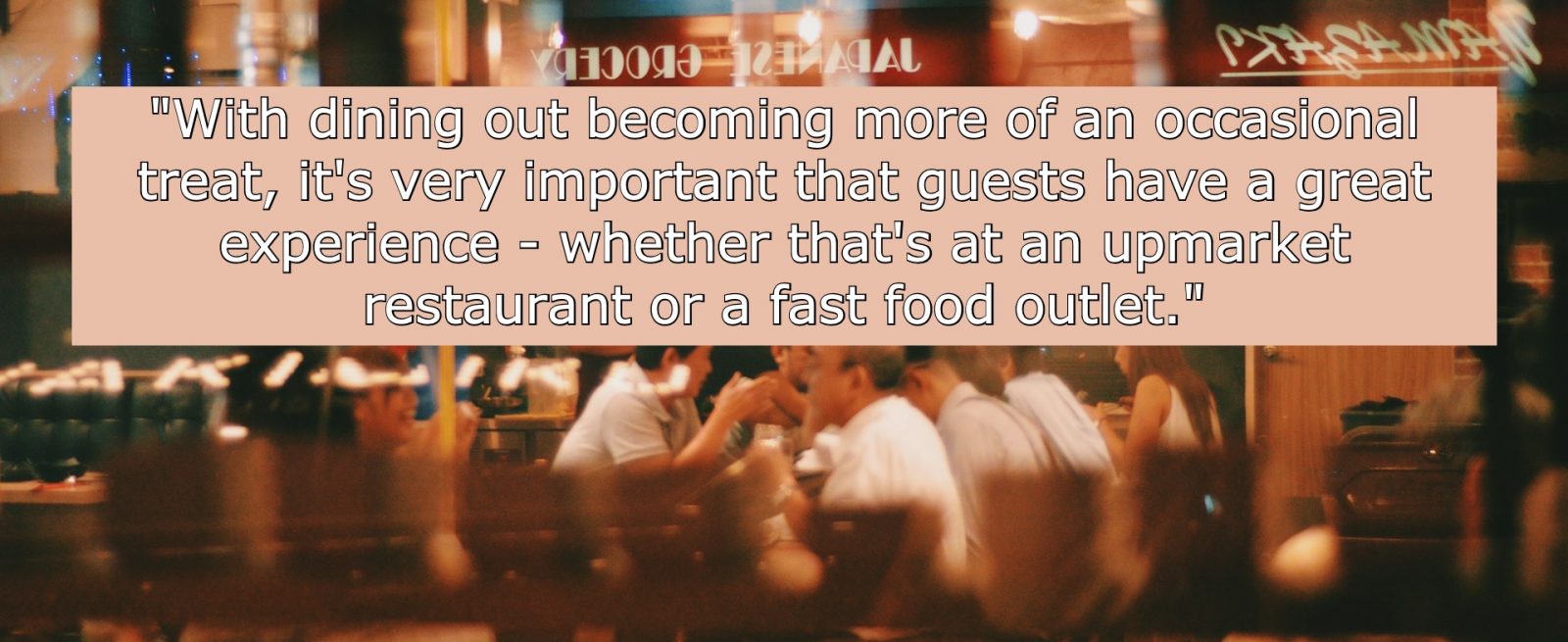Downturn Dining Trends: Loyalty, Value, and Menu Innovation Are Key for Survival
3 Min Read By MRM Staff
Rising restaurant prices and increased cost-of-living expenses are significantly altering dining out habits in both the US and UK, according to a new survey from Attest.
Among the key findings affecting restaurants:
- Price Sensitivity: 86 percent of consumers in both the US and UK feel restaurant prices are higher than last year. This means diners are more price-conscious than ever.
- Reduced Disposable Income: Consumers have less money for dining out, leading to fewer overall visits.
- Shifting Habits: More than 50 percent of people are dining out less frequently. When they do eat out, they're often choosing cheaper options.
- Budget-Friendly Focus: There's a rise in diners seeking out cheaper restaurants, value deals, and discounts. Fast food and casual dining are currently seeing higher traffic.
- Changes to the Meal: Diners are skipping appetizers and desserts to save money, potentially impacting average check size.
The survey of 1,000 working-age consumers also explores the specific tactics consumers are using to reduce the cost of dining out, providing insights for restaurants as they adapt their strategies.
Following up with Attest, Modern Restaurant Management (MRM) magazine secured further insights from Sam Killip, VP of Customer Success. With a background transitioning from law, she has become a recognized expert in consumer behavior analysis. Killip brings a deep understanding of human psychology, ensuring practical and realistic results from Attest's research.
What should restaurant operators take away from these results to meet guest expectations?
With dining out becoming more of an occasional treat, it's very important that guests have a great experience – whether that's at an upmarket restaurant or a fast food outlet. Poor customer service or low quality food will be more damaging to restaurant brands and could result in long-term customer loss even when the economy bounces back.
How can they reach potential diners who are being more selective with their choices?
Winning new customers is harder in this market so operators should lean into customer databases to leverage loyalty. Creating exclusive offers for customers that represent genuine value will put your brand front of mind when diners are at the consideration stage.
Creating exclusive offers for customers that represent genuine value will put your brand front of mind when diners are at the consideration stage.
In what ways can restaurant operators rework menus to be responsive to guests and hopefully profitable?
The data shows that having options to cater to different budgets is vital. Often, to provide value, operators try to provide more for less, but the answer here might be to provide less for less. By adding 'light bites' or 'half-portions' restaurants can increase their accessibility while also reducing costs and wastage.
How can operators cater to price sensitivity and communicate the value they offer, without sacrificing brand identity or quality?
One tactic could be to maintain or roll-back the prices of their most popular menu items, allowing operators to promote the products synonymous with their brand while also recognizing customer loyalty.
What are key differences you see in US and UK respondents?
In the US, our data consistently shows that female consumers are worse off economically than male. That's why there's a 11 point difference between the genders when it comes to likelihood to have cut back on eating out (in the UK there's no difference). This disparity also makes female consumers more likely to do things like order tap water and share dishes to reduce costs.
How can restaurants build successful loyalty efforts?
With more than 30 percent of consumers using them to manage dining costs, loyalty programs are a great opportunity for restaurant managers. Operators can encourage opt-in and use by integrating digital ordering and payment facilities at tables. Furthermore, they can use AI to provide personalized offers based on customers' transaction data.
With guests opting to skip appetizer and desserts, how can operators optimize purchasing dollars and reduce waste?
Menu consolidation will be important if these trends continue. Offering a pared-back selection of favorites can not only help reduce costs and waste, and simplify kitchen operations, but also reduce diner indecision and strengthen brand associations. But be sure to make data-backed decisions when menu editing – checking both sales figures and customer sentiment.

